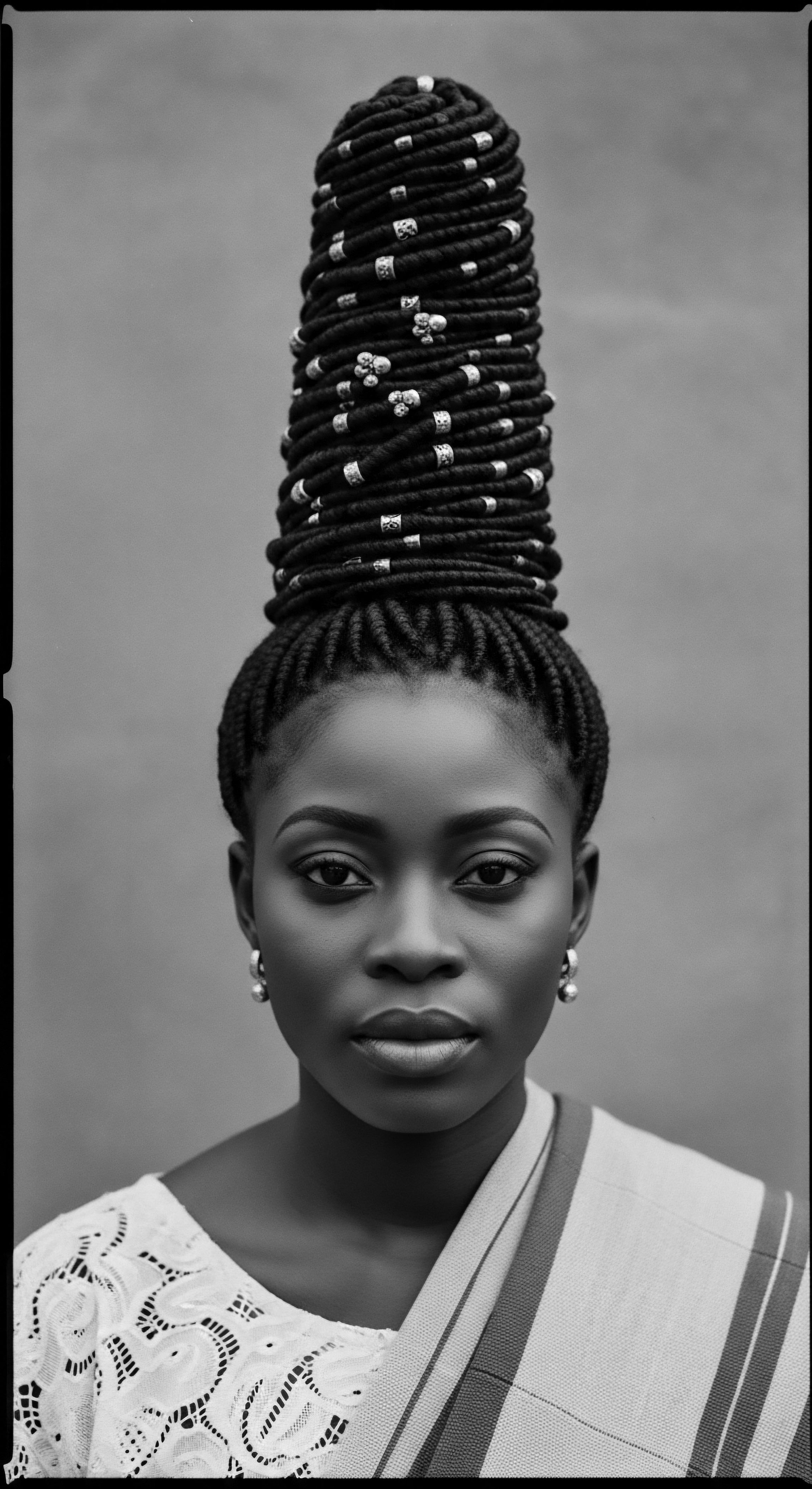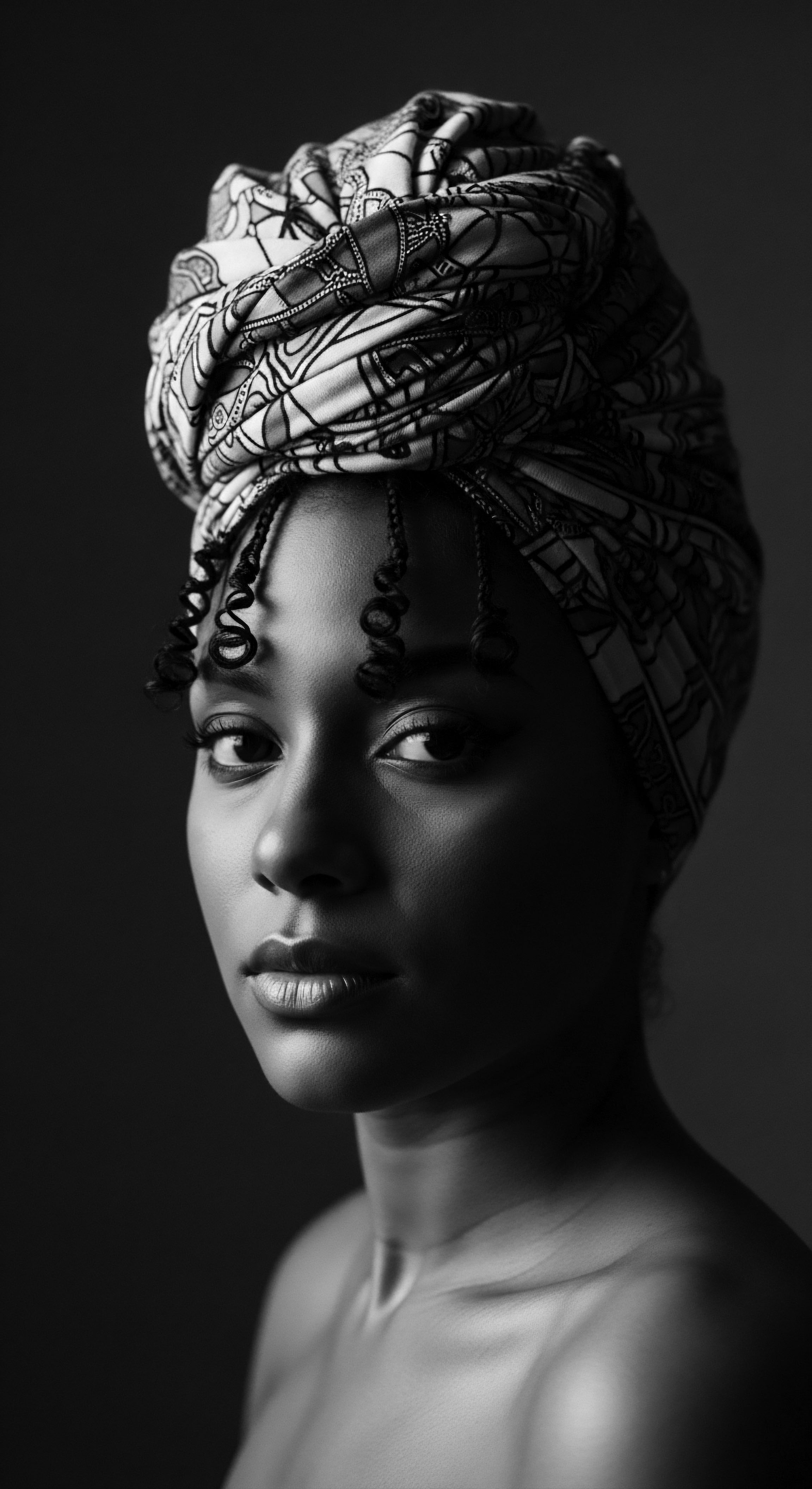
Nile Valley Hair Culture
Meaning ❉ A comprehensive exploration of Nile Valley Hair Culture's historical, scientific, and cultural heritage for textured and Black/mixed hair.

Which traditional ingredients moisturized textured hair historically?
Ancestral communities moisturized textured hair using natural oils and butters, rooted in deep heritage and environmental wisdom.
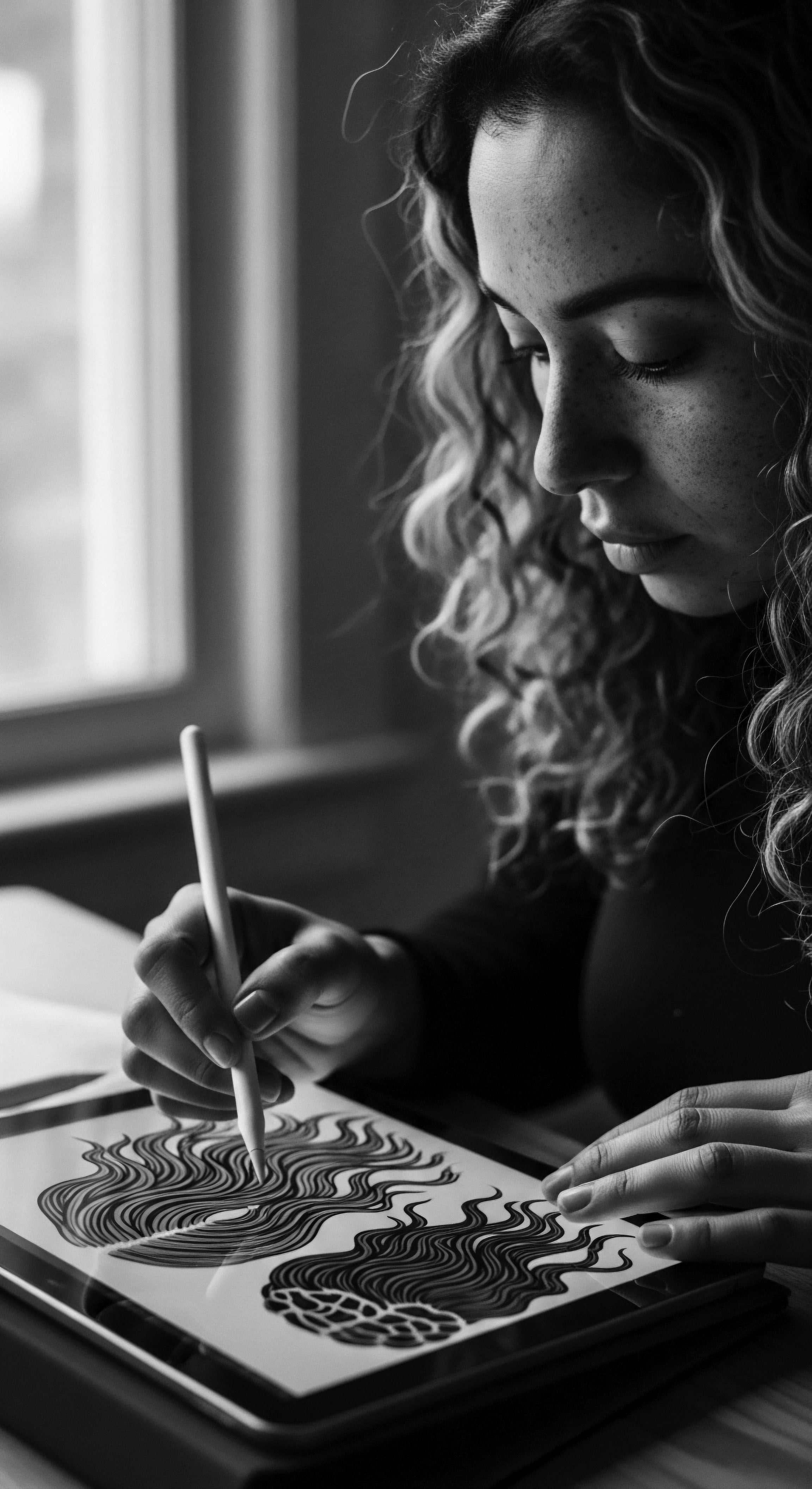
What historical significance do ancient Egyptian hair adornments hold for textured hair heritage?
Ancient Egyptian hair adornments signify status, protection, and identity, deeply connecting to textured hair heritage through shared practices of care and expression.

Fenugreek Compounds
Meaning ❉ Fenugreek Compounds are the bioactive molecules within the plant, historically cherished for nourishing textured hair through ancestral practices.

How did ancient Egyptians care for textured hair in dry climates?
Ancient Egyptians protected textured hair from dry climates using oils, fats, and protective styles, building a legacy of heritage care.
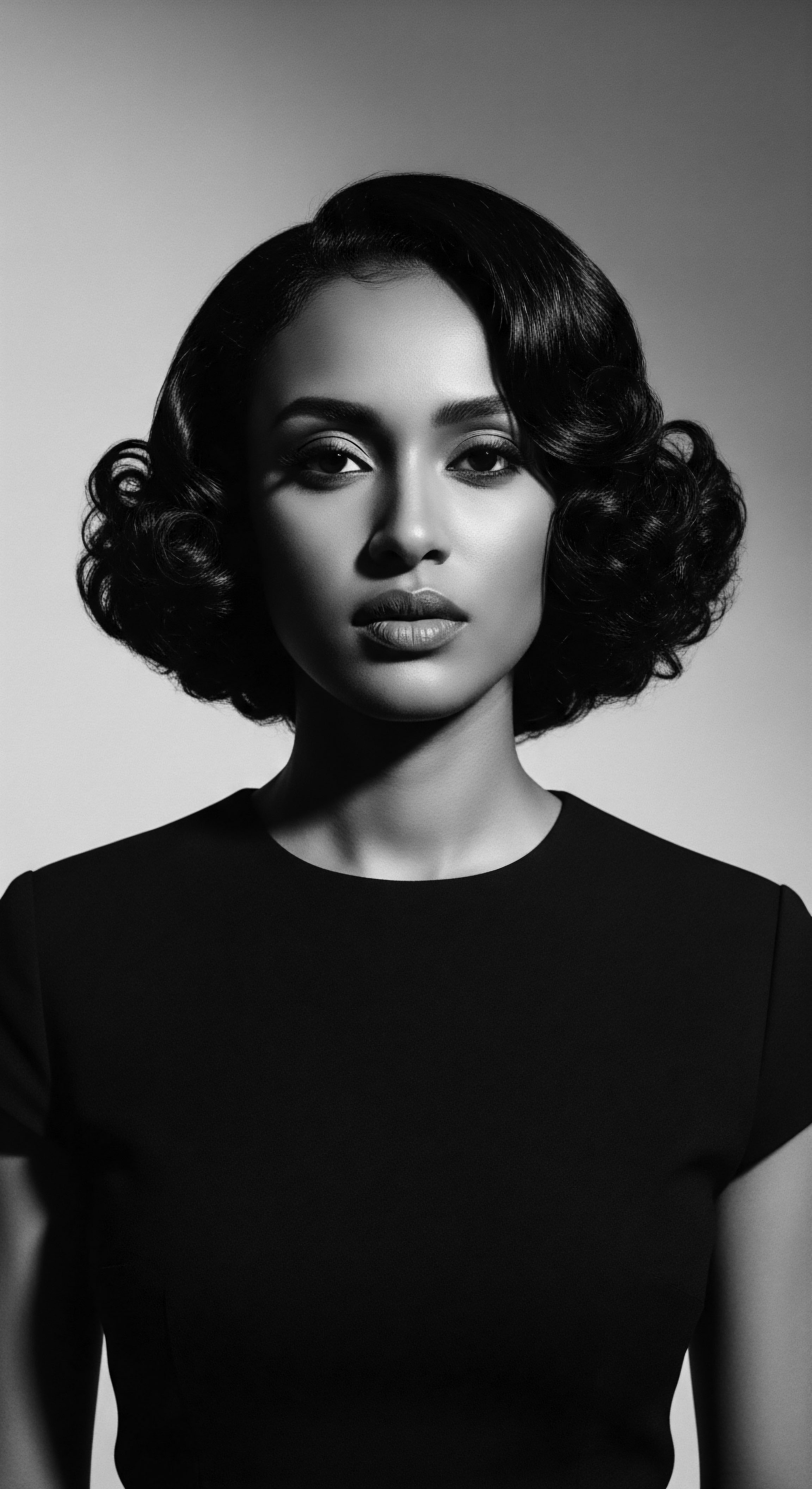
What traditional methods of hair protection did ancient Egyptians employ, and how do they resonate with textured hair heritage?
Ancient Egyptians used wigs, braids, and natural oils to protect hair, resonating with today's textured hair heritage for preservation.

Were ancient Egyptian hair protection methods effective for textured hair?
Ancient Egyptian methods, including oil use and protective styles, were effective for textured hair by providing moisture and environmental protection.

Do Kemetian comb traditions connect to modern textured hair heritage?
Kemetian comb traditions echo in modern textured hair heritage through shared tools, styling principles, and the profound cultural significance of hair.

In what ways did ancient Egyptian hair practices reflect cultural heritage?
Ancient Egyptian hair practices mirrored cultural heritage through diverse styling, ingredient use, and symbolic adornment, reflecting status and a deep connection to textured hair lineage.

Ebers Papyrus
Meaning ❉ The Ebers Papyrus is an ancient Egyptian medical text that provides significant insights into ancestral hair care and its enduring cultural heritage.

How do ancient Egyptian hair rituals relate to Black hair heritage today?
Ancient Egyptian hair rituals reflect early protective styling and ingredient wisdom, directly informing modern Black hair heritage.

What cultural meanings did hair hold for ancient Egyptians and textured communities?
Hair in ancient Egypt and textured communities conveyed identity, status, and spirituality, deeply rooted in ancestral heritage and communal practice.
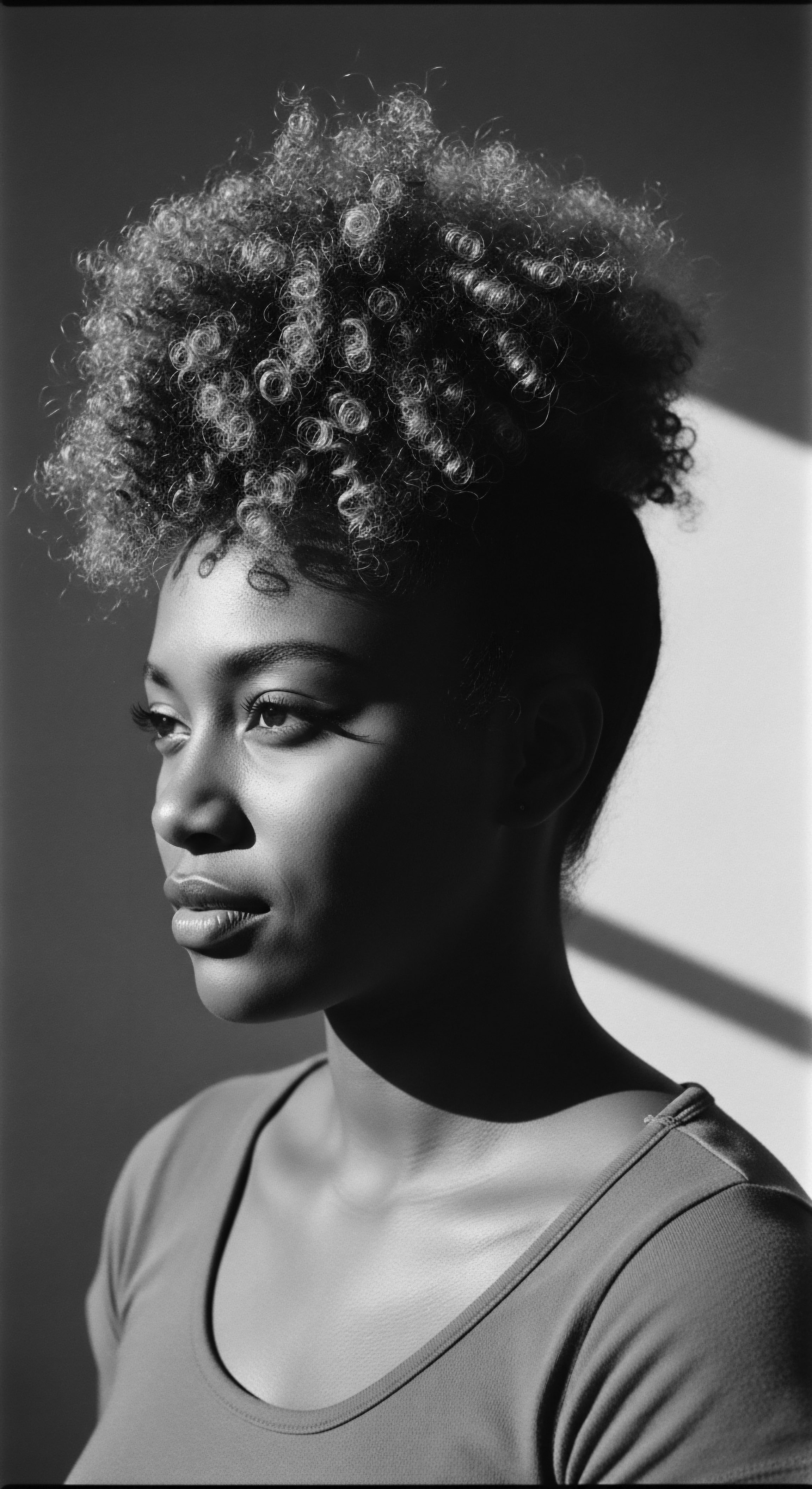
Did ancient Egyptians have textured hair?
Ancient Egyptians exhibited a spectrum of hair textures, including coiled and wavy patterns, influencing their rich styling heritage.

What ancient Egyptian ingredients supported textured hair vibrancy?
Ancient Egyptians used a medley of plant oils, animal fats, and herbs, like castor oil and honey, to hydrate and protect textured hair, deeply rooted in their heritage.

How did ancient Egyptians care for textured hair with oils?
Ancient Egyptians used plant oils and animal fats to moisturize and style textured hair, a practice echoing ancestral hair heritage.

How does ancient Egyptian hair heritage connect to African diaspora practices?
Ancient Egyptian hair heritage connects to diaspora practices through shared care rituals, styling techniques, and hair's role as a symbol of identity and resilience.

How did ancient Egyptian beauty practices connect to enduring textured hair heritage?
Ancient Egyptian beauty practices connected through vital oil use, protective styles, and scalp care, laying a foundation for textured hair heritage.

What shared heritage connects ancient Egyptian grooming with textured hair care?
Ancient Egyptian grooming practices share a heritage with textured hair care through a focus on protective styles, scalp health, natural oil use, and hair as a symbol of identity.

How did ancient Egyptians use oils for hair?
Ancient Egyptians utilized natural oils and balms to protect, moisturize, and style hair, reflecting deep ancestral textured hair care wisdom.

How did ancient Egyptian wig styles influence African hair adornment?
Ancient Egyptian wig styles, symbols of status and hygiene, directly influenced the rich hair adornment heritage across Africa.

What enduring wisdom connects ancient Egyptian hair care to contemporary textured hair regimens?
Ancient Egyptian hair care provides a heritage blueprint for contemporary textured hair regimens through its use of natural ingredients, protective styling, and deep cultural reverence.
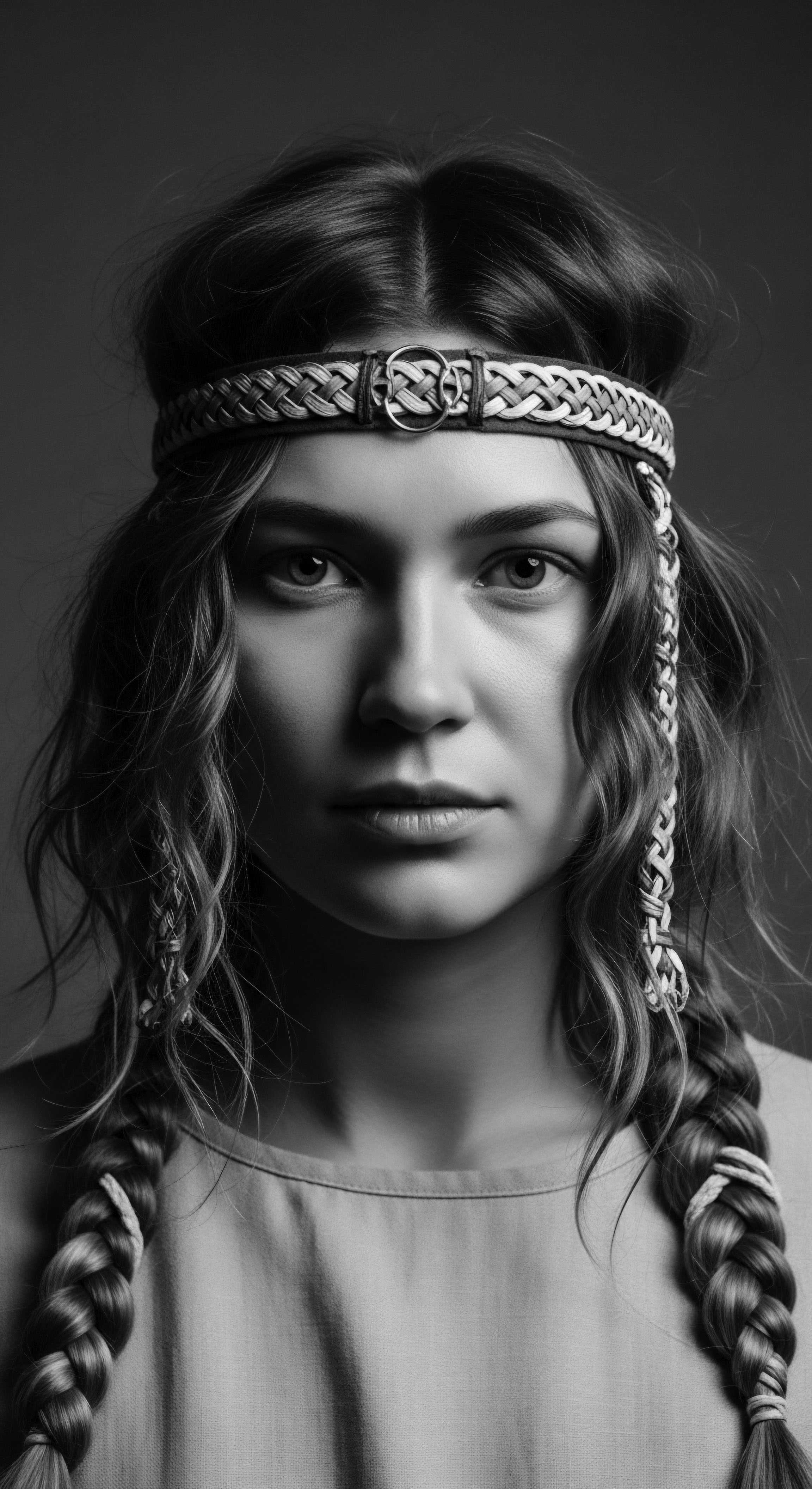
What ingredients did ancient Egyptians use for textured hair?
Ancient Egyptians used animal fats, beeswax, and plant oils like castor and moringa to cleanse, condition, and style textured hair.

What historical oils best protected textured hair in arid environments?
Ancestral communities in arid lands utilized oils like shea butter, castor, and moringa to deeply moisturize and protect textured hair, preserving a rich heritage of resilient care.

What ancient Egyptian hair traditions resonate with modern textured hair practices?
Ancient Egyptian hair traditions resonate with modern textured hair practices through shared protective styling, natural ingredient use, and hair's profound cultural significance.

